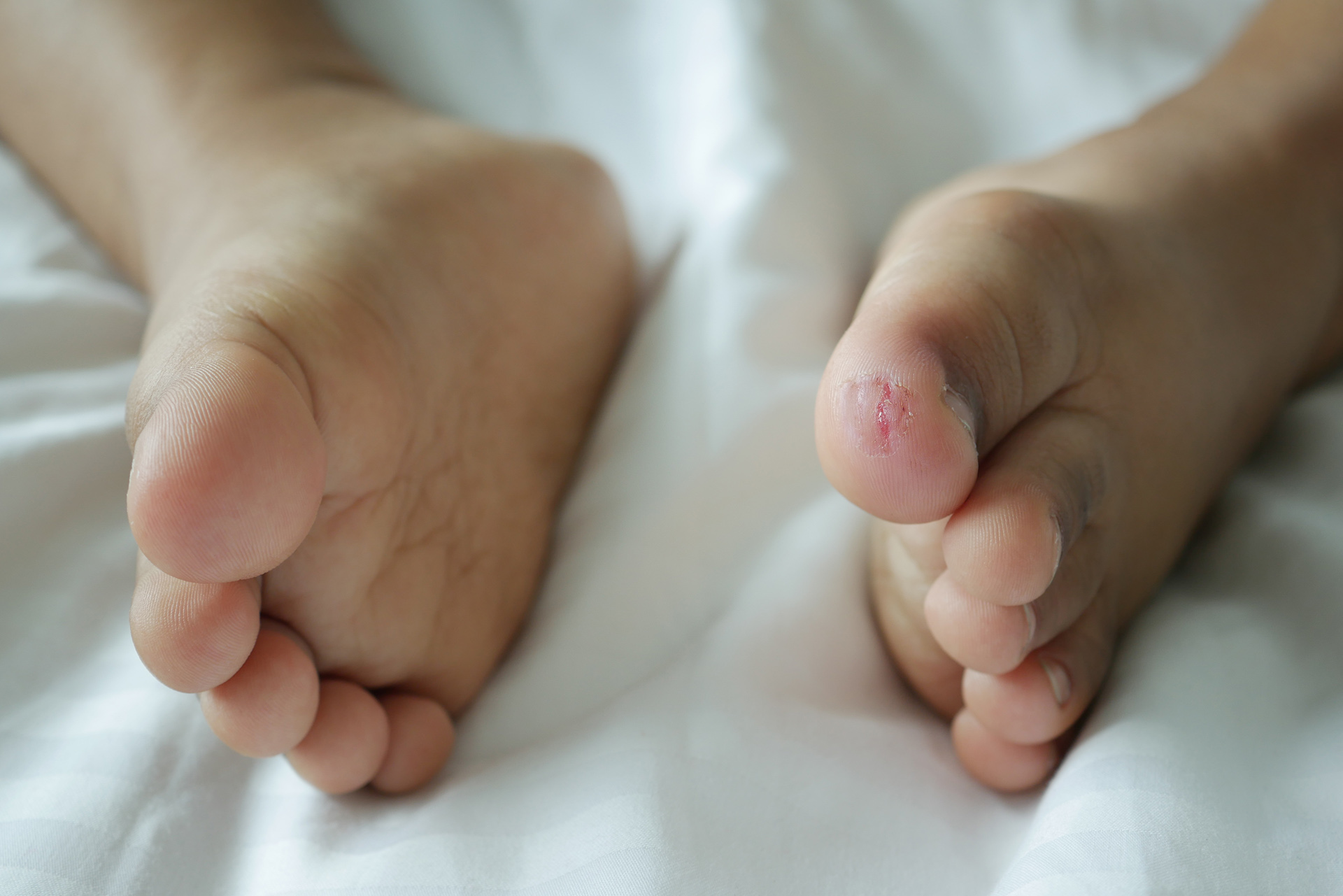As parents, we want our toddlers to explore the world comfortably. However, uncomfortable footwear can lead to blisters on their little feet. This article will delve into the causes of blisters in toddlers, how to prevent them, and the remedies available. We will also highlight cultural insights and local experiences regarding this common issue among toddlers in the USA.
What Are Blisters?
Blisters are small pockets of fluid that form on the skin’s surface, often as a result of friction, heat, or irritation. For toddlers, their delicate skin makes them particularly susceptible to blisters caused by poorly fitting shoes.
Causes of Blisters on Toddlers’ Feet from Shoes
Friction
Friction is the leading cause of blisters. When shoes rub against a toddler’s skin, it can cause the top layer of skin to separate from the underlying layers, creating a blister. This typically occurs at the back of the heel, on the toes, or on the sides of the feet.
Poor Fit of Shoes
Ill-fitting shoes are a significant contributor to foot blisters. Shoes that are too tight or too loose can rub against the skin, leading to irritation and, ultimately, blisters. It’s important to measure toddlers’ feet regularly.
Moisture
Moisture can exacerbate the likelihood of blisters. Sweaty feet or wet shoes can cause the skin to become more vulnerable to friction. This is particularly common during warmer months or when toddlers are active for extended periods.
Inappropriate Shoe Material
Some shoes made from synthetic materials do not allow for breathability, trapping moisture and heat, which can lead to blisters. Opting for shoes made from breathable materials can help reduce this risk.
Signs and Symptoms of Blisters
Mild blisters usually cause minimal pain and may resemble small, raised bubbles filled with liquid. Other symptoms can include:
- Redness around the blister area
- Swelling
- Itching or burning sensations
- Pain when walking or wearing shoes
Prevention Tips for Blisters on Toddlers’ Feet
Choose the Right Shoes
When selecting shoes for toddlers, consider the following tips:
- Measure their feet regularly
- Choose shoes with a wide toe box
- Opt for adjustable straps or laces for a snug fit
Use Protective Padding
Foam blister pads or cushioned heel cups can help reduce friction and provide extra protection for your child’s delicate skin.
Keep Feet Dry
Use moisture-wicking socks to help keep toddlers’ feet dry, and consider changing socks during active play or warm-weather outings.
Break in New Shoes Gradually
When buying new shoes, allow toddlers to wear them for short periods initially. This can help prevent blisters as the shoes mold to their feet over time.
Remedies for Blisters on Toddlers’ Feet
At-Home Care
If your toddler does develop blisters, follow these steps:
- Keep the blister intact to prevent infection.
- Clean the area with mild soap and water.
- Apply a sterile bandage over the blister.
- If necessary, consult a pediatrician, especially if the blister is large, painful, or exhibits signs of infection.
When to Seek Medical Help
Consult a healthcare professional if:
- The blister is larger than a quarter
- The blister is filled with pus or shows signs of infection
- Your toddler is experiencing severe pain
- The blister does not heal within a few days
Comparing Different Types of Shoes for Toddlers
Selecting the right type of shoes can make a significant difference in preventing blisters. Here’s a comparison of common types of toddler shoes:
| Type of Shoe | Material | Pros | Cons |
|---|---|---|---|
| Sneakers | Breathable mesh | Supportive and cushioned | Can retain moisture if not dried |
| Sandals | Leather or synthetic | Breathable, less heat retention | Less support for active play |
| Dress Shoes | Leather | Stylish for occasions | Often less comfortable and supportive |
| Water Shoes | Quick-drying material | Good for beach play | Can lack cushioning for general use |
FAQs about Blisters on Toddlers’ Feet
1. How can I tell if my toddler’s shoe is causing blisters?
If your child frequently complains of pain or discomfort in their shoes, or if you notice areas of redness or swelling after wearing them, it’s likely that the shoes are a contributing factor.
2. Can I pop a blister on my toddler’s foot?
It’s generally best to leave blisters intact to prevent infection. If the blister is large and painful, consult a pediatrician for advice.
3. What types of socks can help prevent blisters?
Opt for moisture-wicking socks made from breathable materials. Avoid cotton socks as they tend to retain moisture, increasing the likelihood of blisters.
4. Are there any specific shoe brands recommended for toddlers?
Many brands focus on child-friendly design and comfort. Some top brands include Stride Rite, New Balance, and See Kai Run.
5. Is it normal for toddlers to get blisters from new shoes?
It’s not uncommon for toddlers to develop blisters with new shoes, especially if they are not broken in properly. However, consistent blistering may indicate a poor fit.

Local Insights and Experiences
In the USA, parents often share experiences about dealing with blisters through local parenting forums and community groups. Many emphasize the importance of community resources, such as pediatric foot specialists, who can provide tailored advice and recommendations.
Conclusion
Blisters on toddlers’ feet can be a frustrating issue for both children and parents. However, with the right shoe selection, proper preventive measures, and effective treatment methods, you can help your child enjoy their adventures without the discomfort of blisters. Remember, when in doubt, consult your pediatrician for personalized advice.
Citations
To learn more about the effects of shoes on foot health in children, visit the following links: